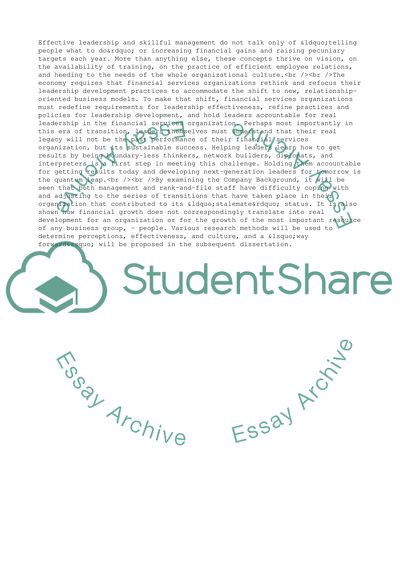Cite this document
(MSc Project Management: Applied Research Methods Proposal, n.d.)
MSc Project Management: Applied Research Methods Proposal. https://studentshare.org/management/1707662-msc-project-management-applied-research-methods-assignment
MSc Project Management: Applied Research Methods Proposal. https://studentshare.org/management/1707662-msc-project-management-applied-research-methods-assignment
(MSc Project Management: Applied Research Methods Proposal)
MSc Project Management: Applied Research Methods Proposal. https://studentshare.org/management/1707662-msc-project-management-applied-research-methods-assignment.
MSc Project Management: Applied Research Methods Proposal. https://studentshare.org/management/1707662-msc-project-management-applied-research-methods-assignment.
“MSc Project Management: Applied Research Methods Proposal”. https://studentshare.org/management/1707662-msc-project-management-applied-research-methods-assignment.


